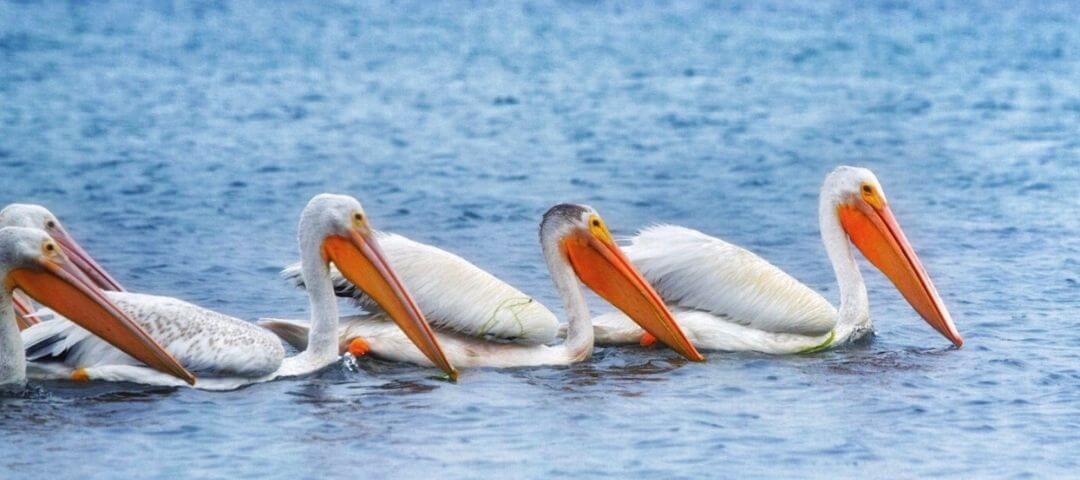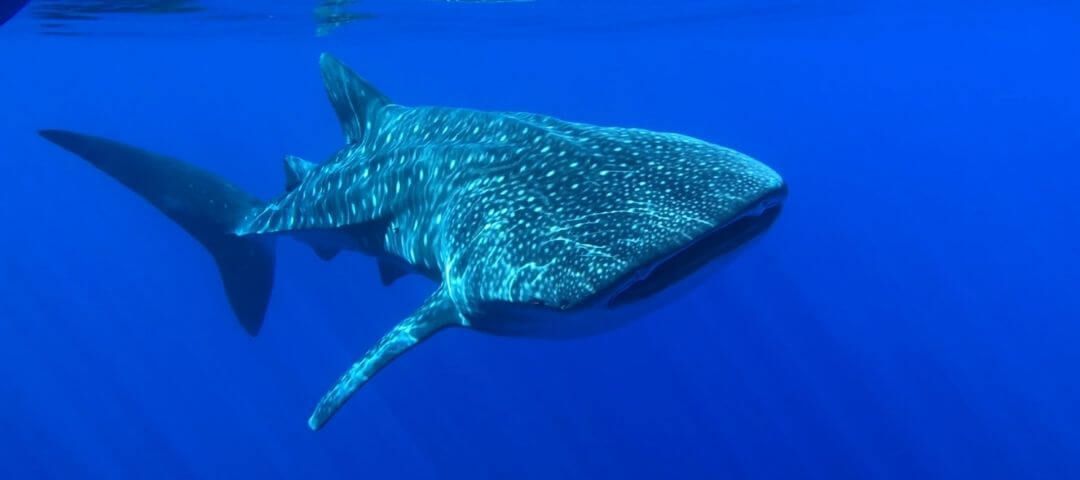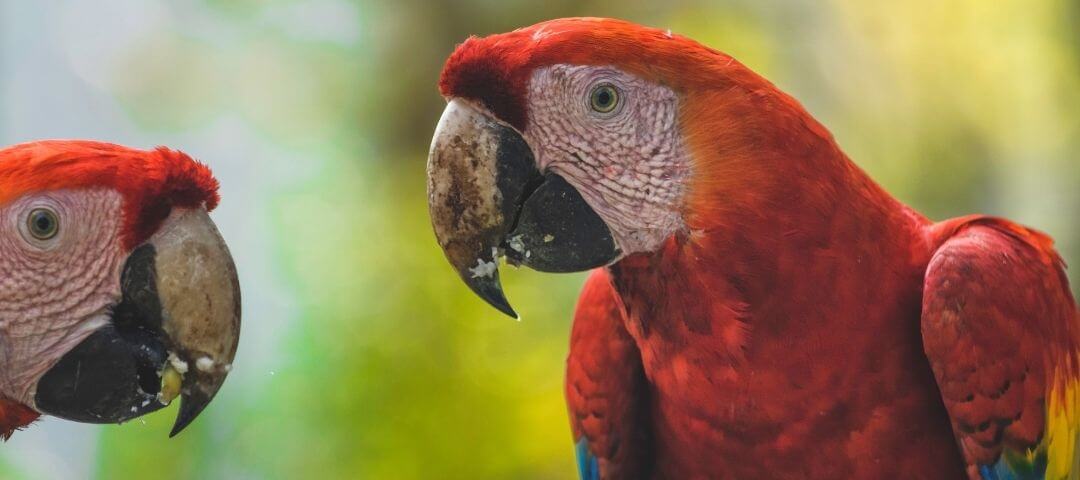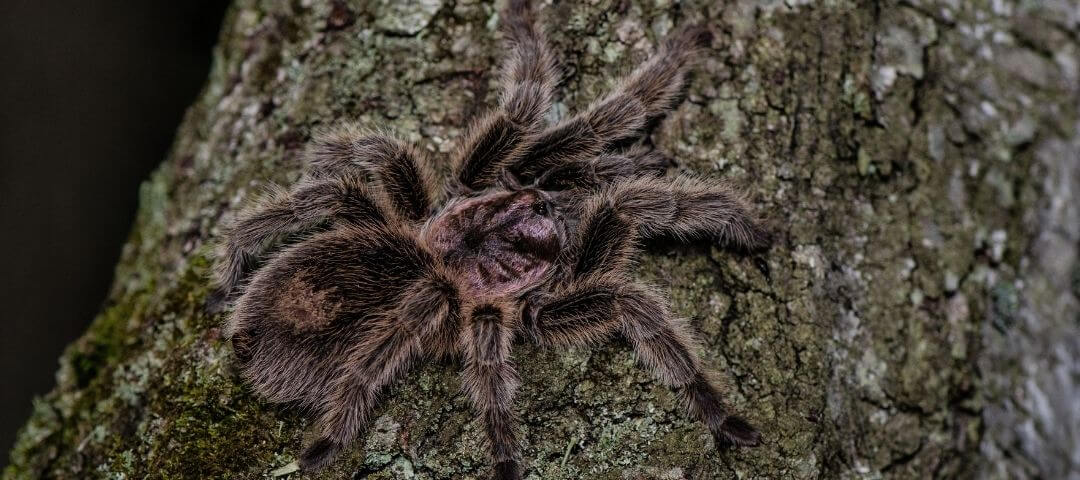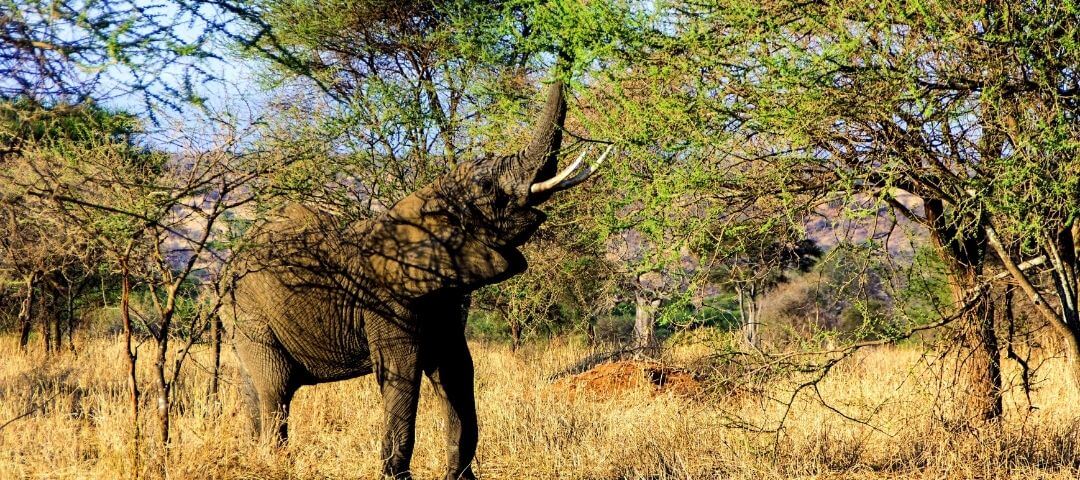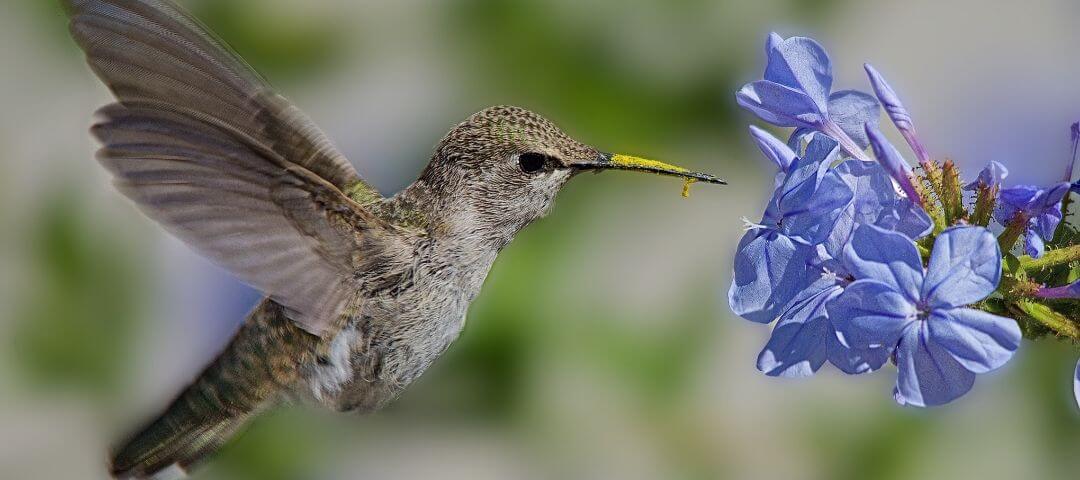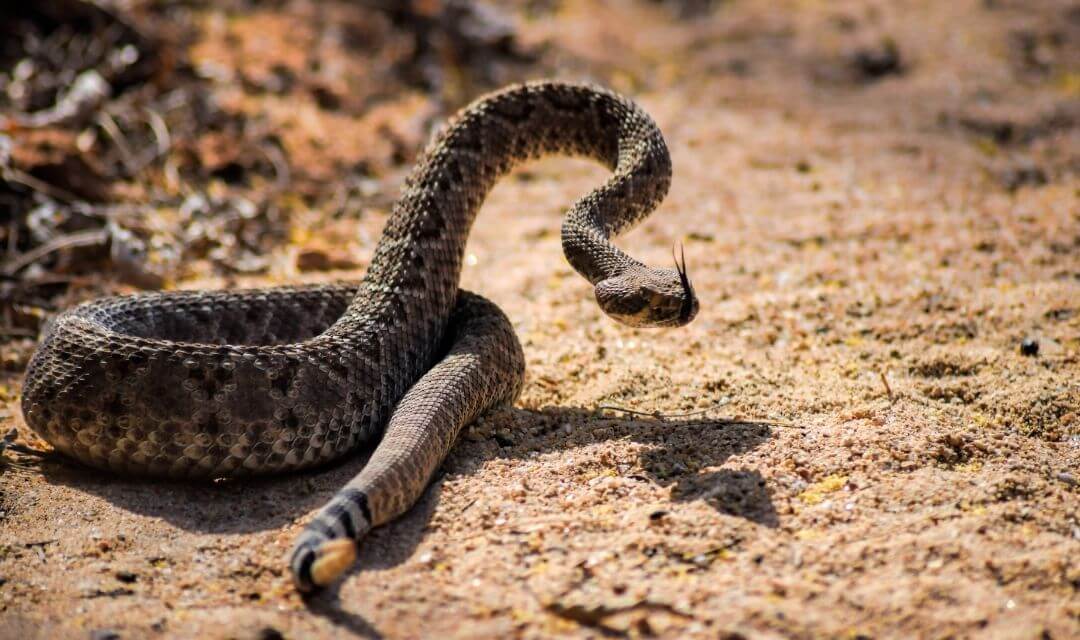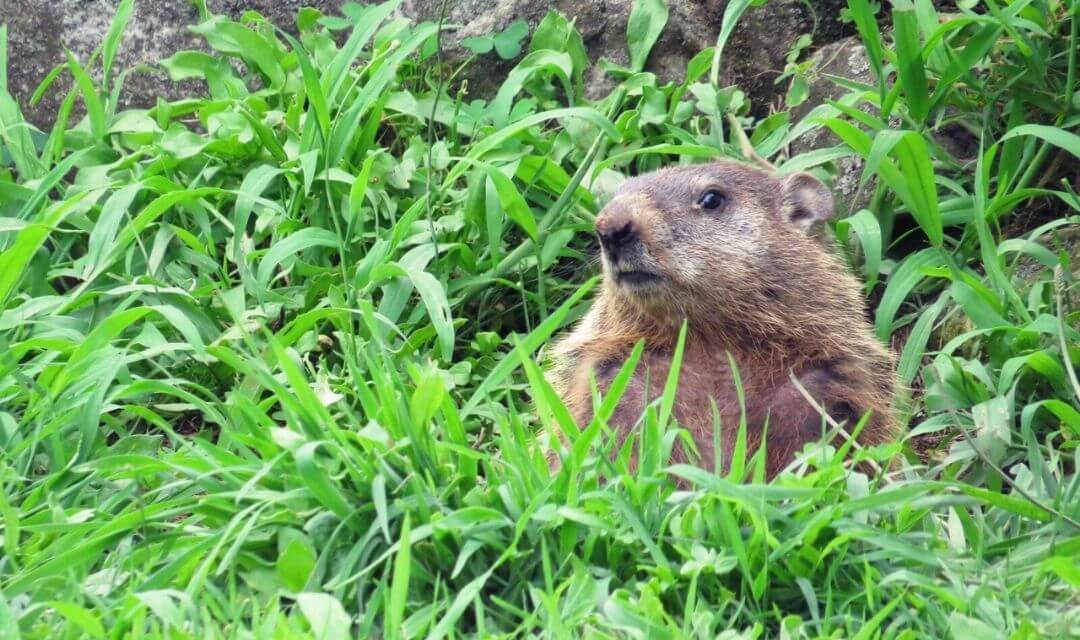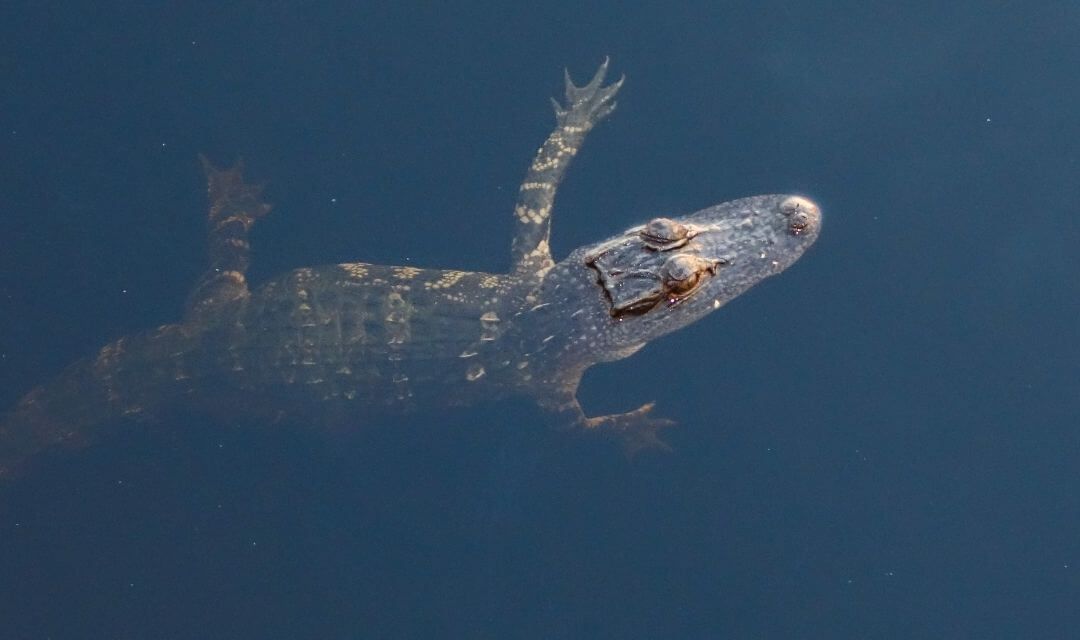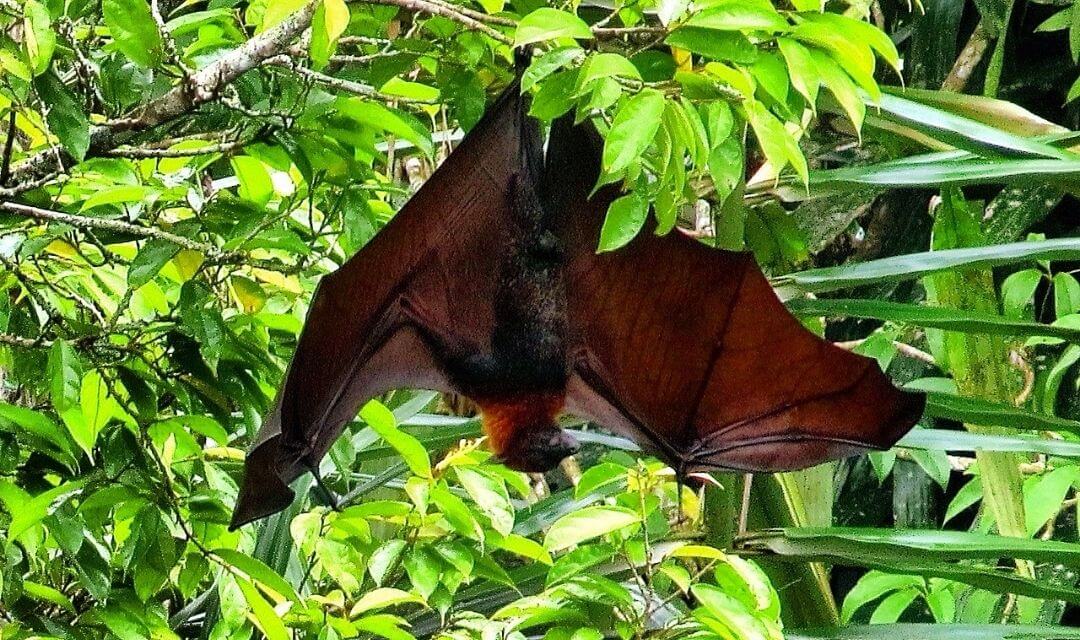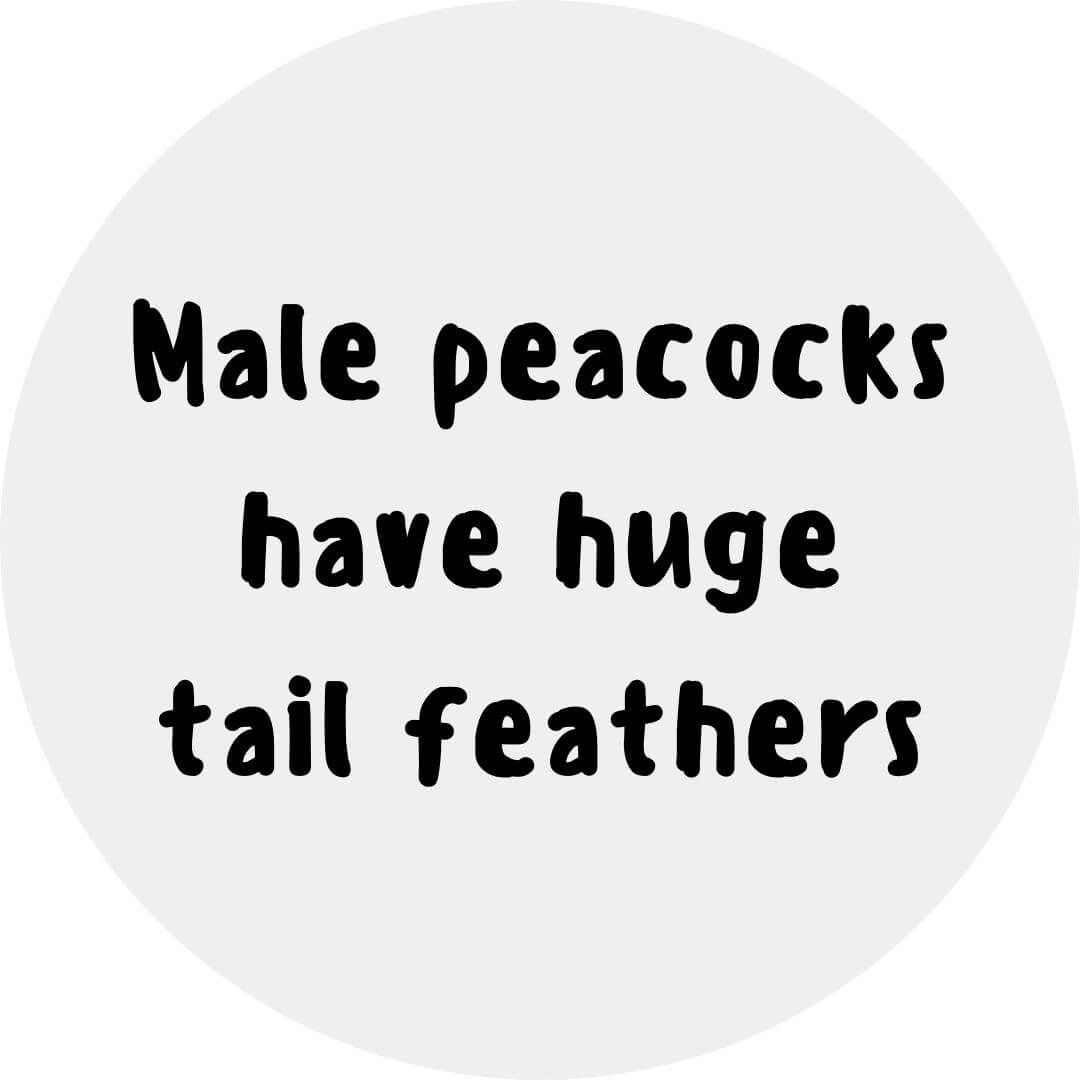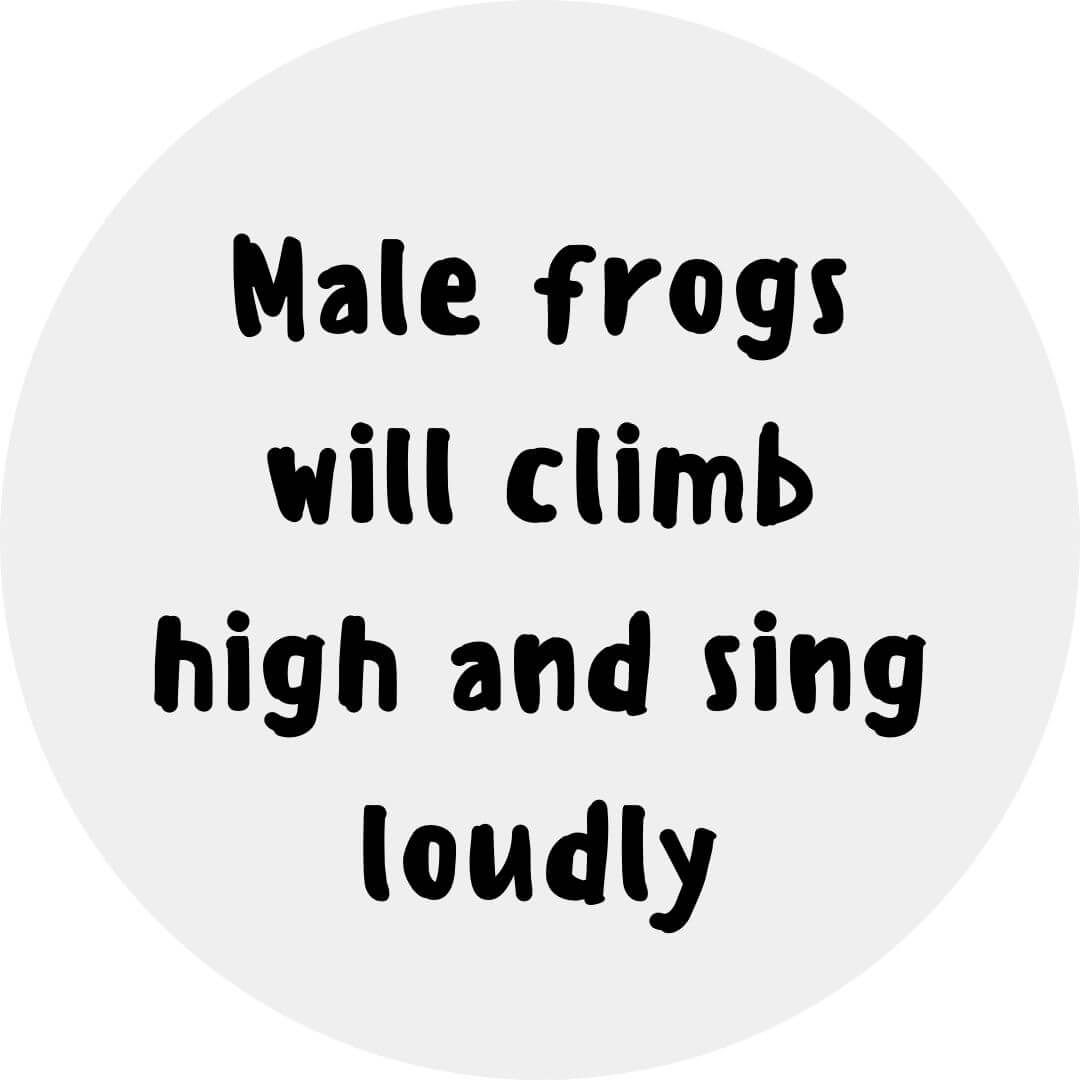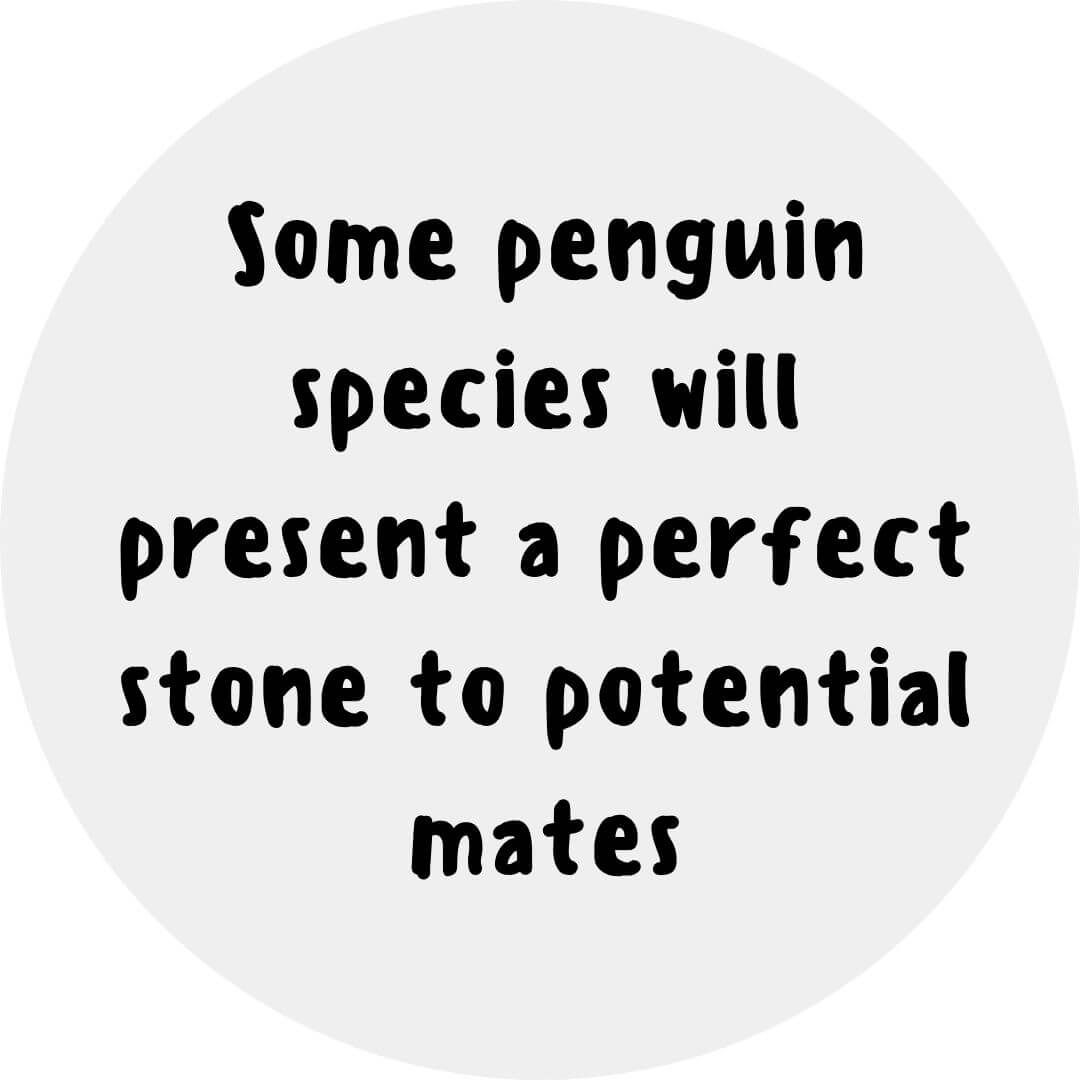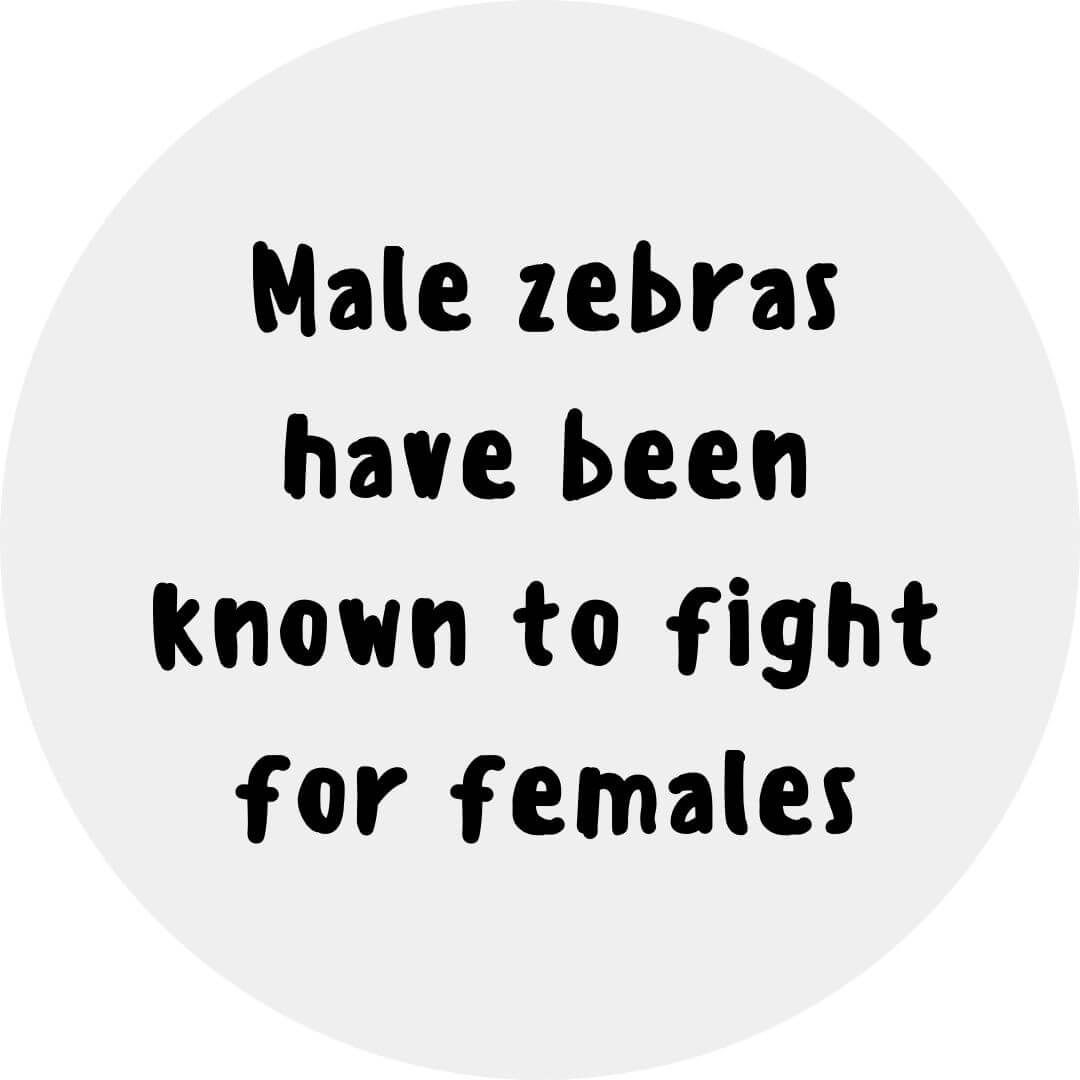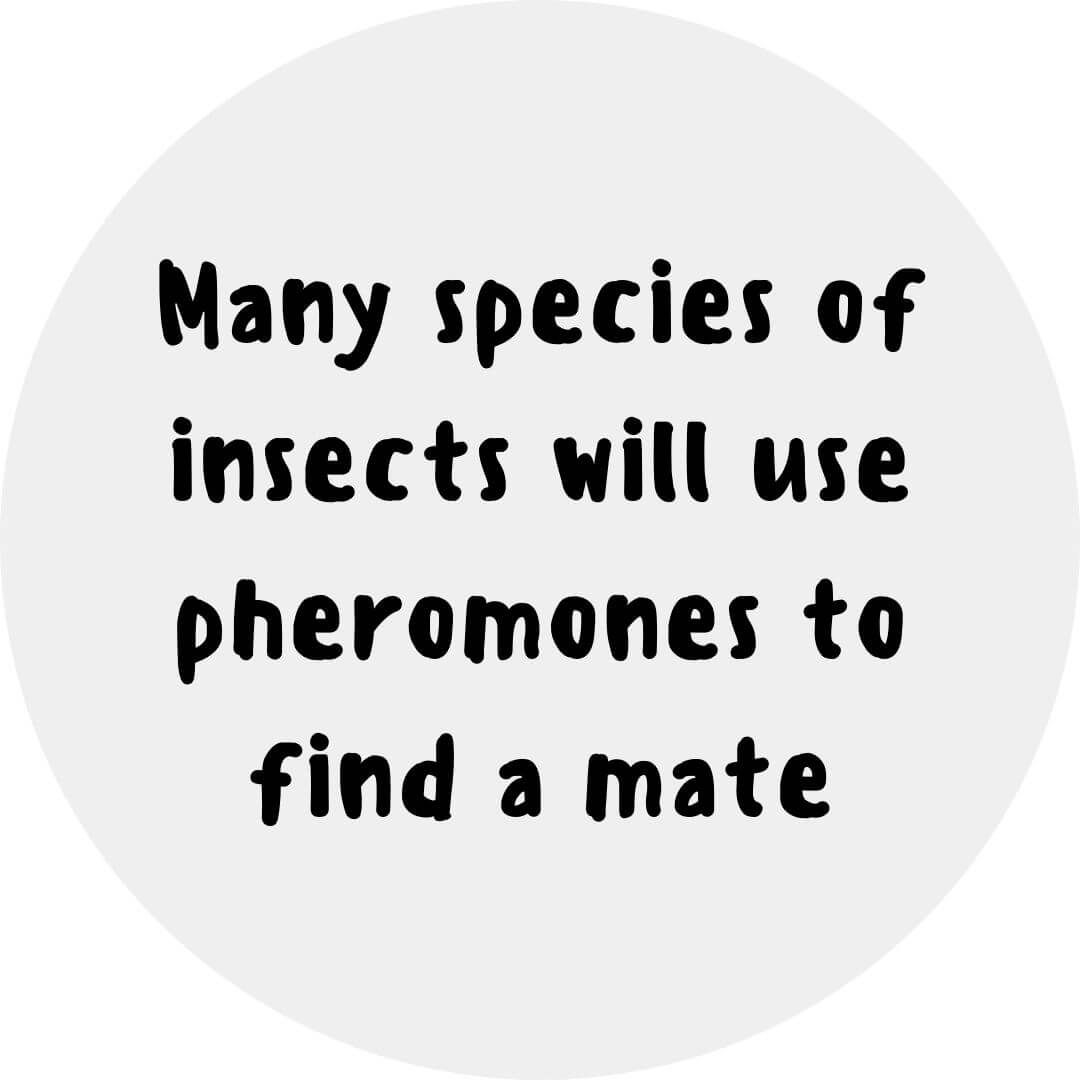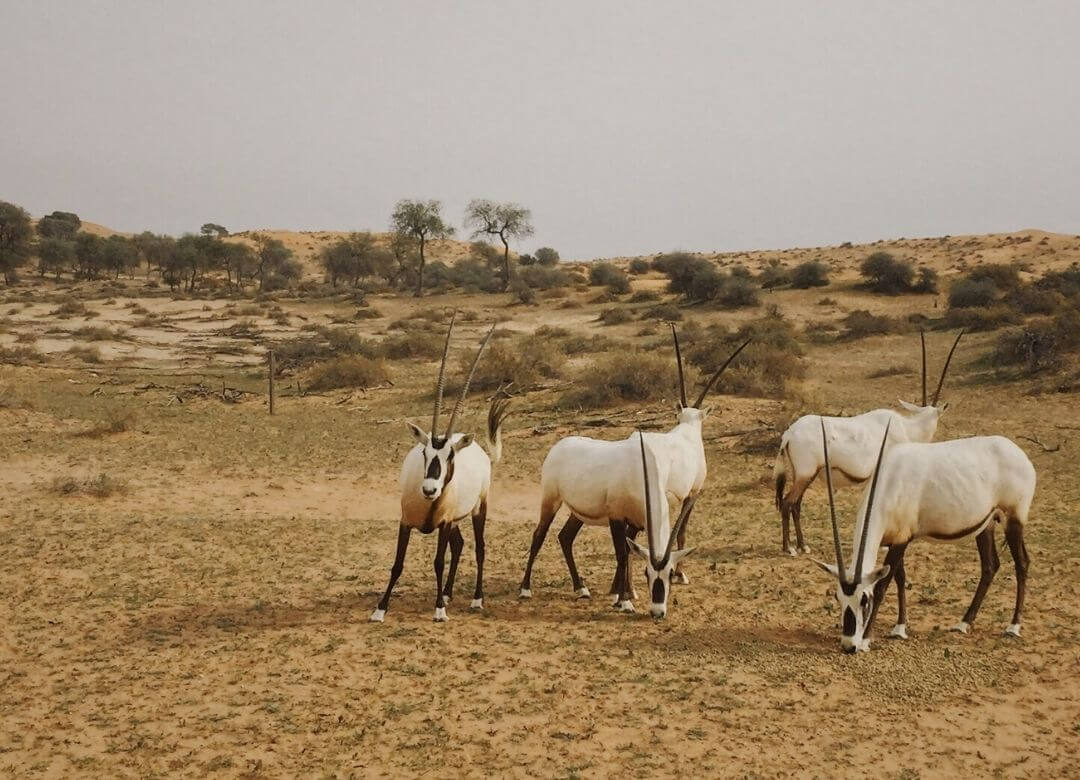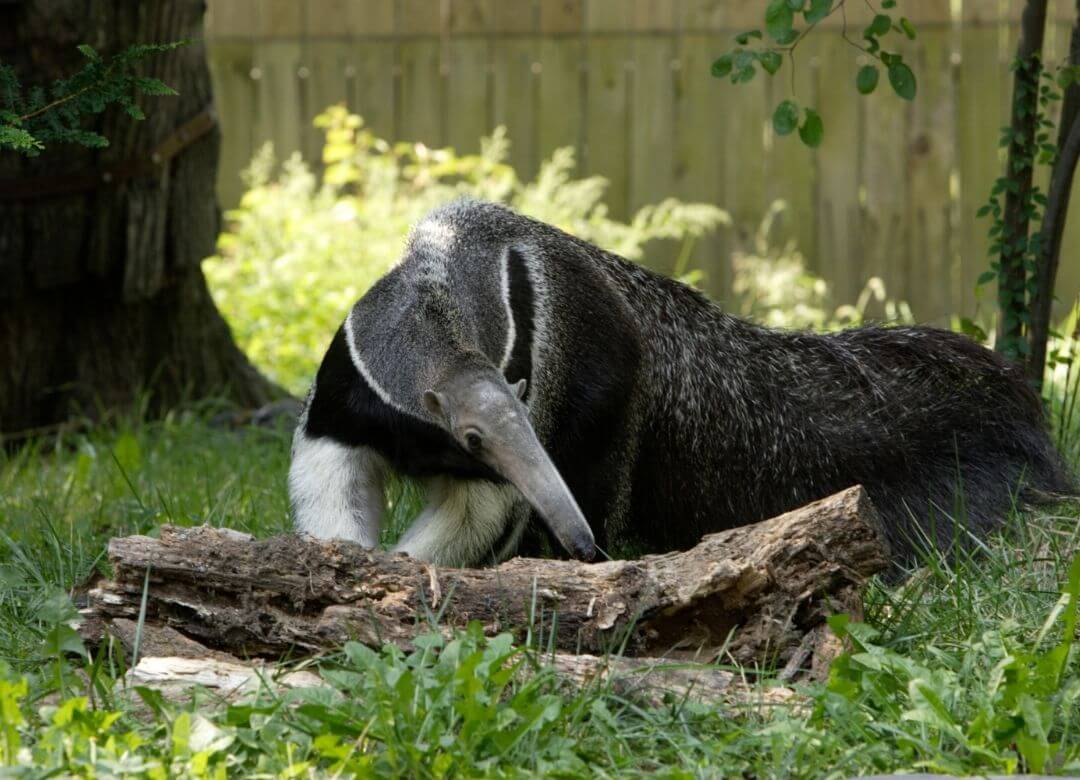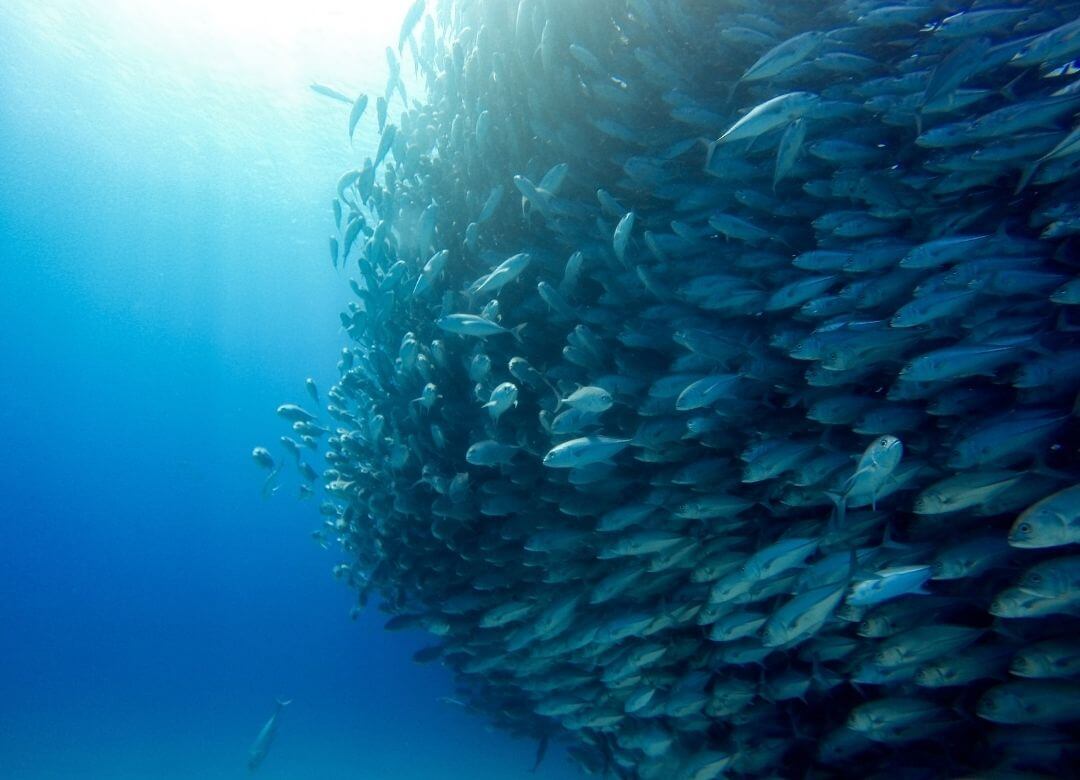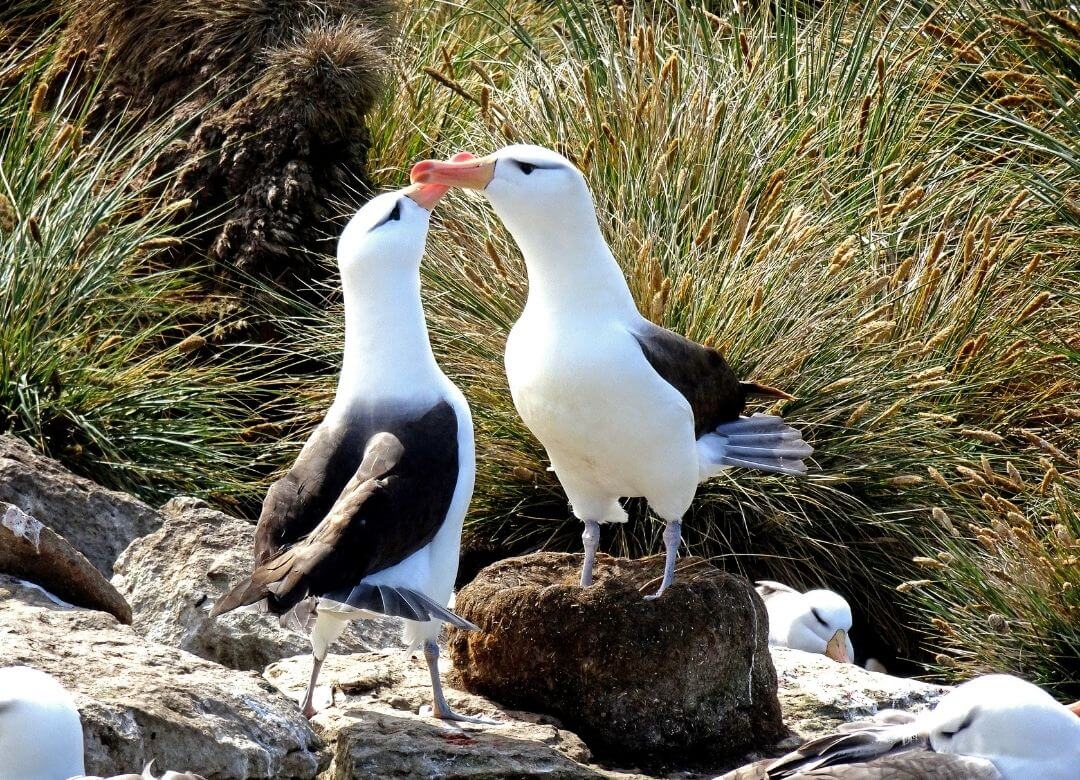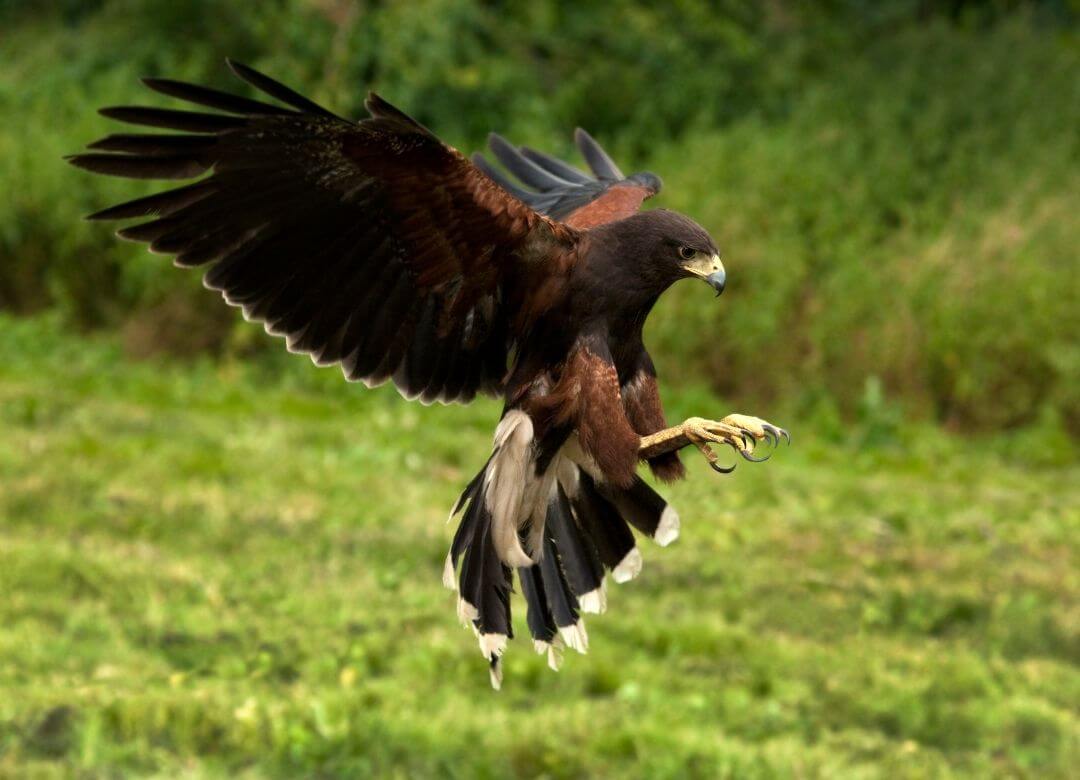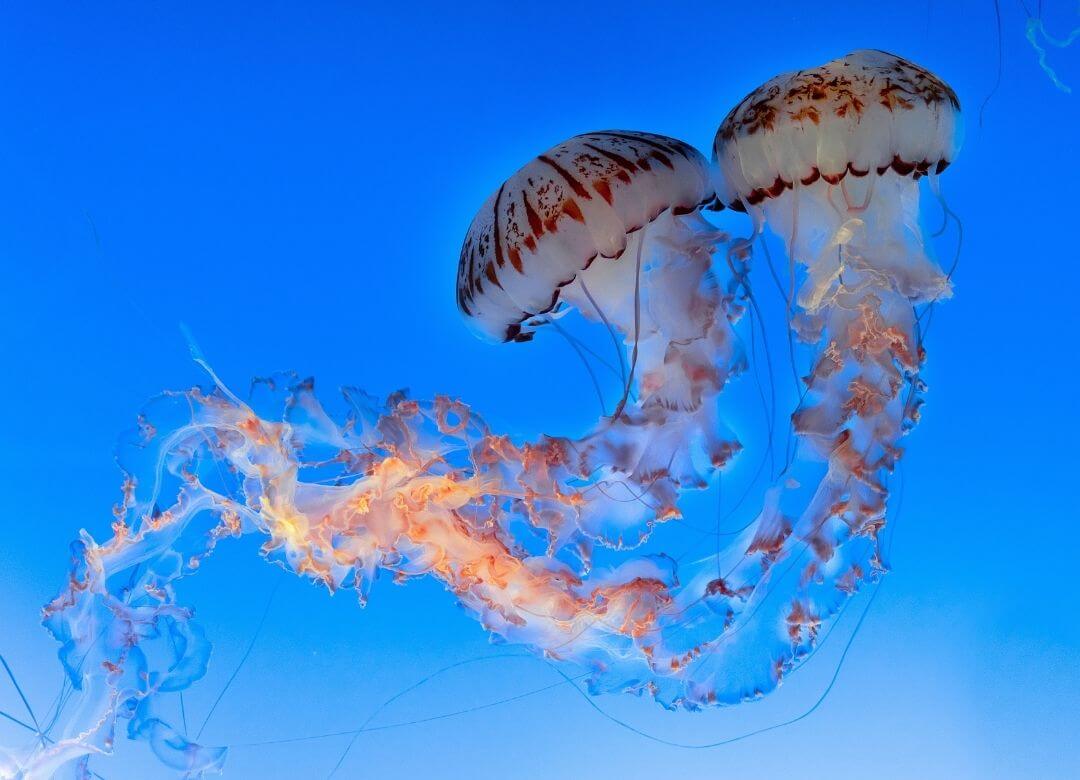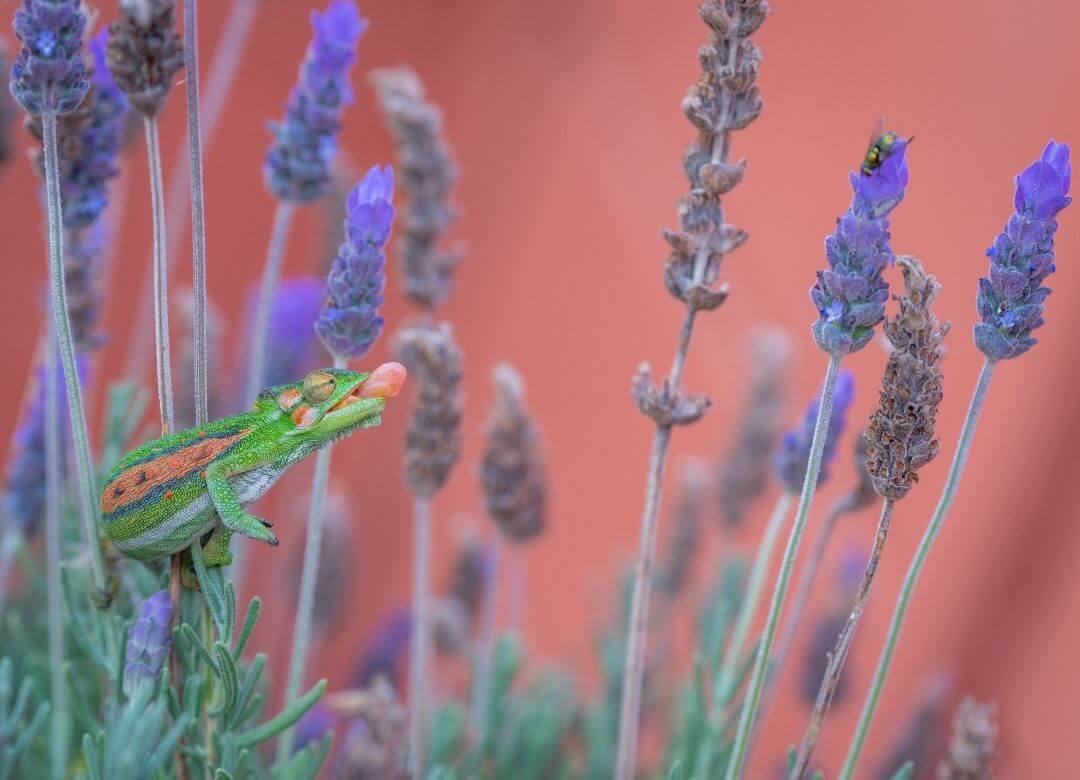Adaptations
Science Challenge
Jump to...
Email us for the Teacher's Guide!
DAY 1
What Is an Adaptation?
For each animal fact below, identify whether the highlighted adaptations are physical or behavioral!
1
2
3
4
5
6
7
8
CHALLENGE #1
We, as humans, often forget that we are animals! Like most other animals, we have adaptations to help us survive our environment.
Humans live in nearly every type of climate that exists and we all have characteristics and behaviors that help us survive. Though we may be able to adjust our thermostat when we're cold or buy our food at the store when we're hungry, there are things about us that have adapted to help us survive!
Can you identify two adaptations that humans have? Identify the adaptations and describe why these adaptations would be helpful to humans!

DAY 2
Collecting and Competing for Food
How and Why I Get to Eat
For each species below, can you name an adaptation they have that allow them to find and collect enough food to survive?
Click the drop-down arrow to see what major adaptations scientists have discovered!
Challenge #2
All animals require food to stay alive; that is how we gain energy. Some animals have diets that are high in energy, like a tiger, and other animals have a diet that is low in energy, like a panda. Many times, an animal's behavior has a lot to do with the food they're eating!
But it is not as simple as it seems. Animals must be able to collect and eat their food, meaning they must have the right teeth structure, the right plants or animals on the menu, and the ability to get the food before another animal does.
Today, pick a species that is native to your area and think about what they eat. Is the species you selected an herbivore, omnivore, or carnivore? Identify two adaptations that help them be successful in finding and consuming their diet!
DAY 3
Avoiding Predators
Not only do most animals have to worry about finding food, but they also have to worry about not becoming food. From fish to rabbits to snakes, most animals have a menu and are on one. Predators are animals that eat other animals, while prey animals are the ones being eaten! The more well-adapted a prey species is to avoiding or deterring predators, the more successful they are!
Here are some common ways animals avoid predations, though there are many other ways animals have adapted to stay off the menu.
Toxicity
It helps to be a poisonous or venomous animal when it comes to avoiding predators. Toxic animals are often brightly colored as a warning.
Mimicry
Some non-toxic animals have bright colors just like toxic animals! This is thought to be an adaptation to trick predators into avoiding them.
Large Groups
There is safety in numbers, so many animals will live in large groups. This helps them better detect danger and makes it less likely each individual will get eaten.
Not on the Menu
In the predator-prey relationships below, the prey species have adapted to avoid their predator at all cost.
Identify which of the four adaptations from above they use. There could be more than one answer!
1. Lions eat zebras
2. Hawks eat rattlesnakes
3. Wolves eat deer
4. Snakes eat mice
5. Birds eat scorpions
Challenge #3
DAY 4
Adapting to the Climate
Animals also need to adapt to the climate of their ecosystem. In some regions, it gets freezing in the winter, and in others, gets extremely hot in the summer. Animals have evolved to survive their climates, even in the most extreme environments, using both physical and behavioral adaptations. Some animals will dramatically change their behavior during the months with extreme conditions, while others have physical adaptations that allow them to continue with their normal behaviors!
1
Hibernation
This is a long period of inactivity in endothermic, or warm-blooded, animals where their metabolism slows during the cold months when food is less available.
2
Brumation
Like hibernation, brumation is a state of inactivity during the winter months except brumation occurs in ectothermic, or cold-blooded, animals.
3
Aestivation
Aestivation is also a prolonged state of inactivity but occurs during the summer and is seen in both endotherms and ectotherms.
4
Physical Features
Many animals have body parts that help them survive their climate, as well. Large ears, being light-colored, and having fur on the bottom of their feet help many animals in hot climates. In cool climates, animals may have more blubber, thick fur, or dark-colored fur to absorb heat.
Climate Challenges
Each animal below lives where conditions in the winter are harsh, so they become inactive until spring when conditions are better! Using the information you just learned, identify if each animal hibernates or if they brumate!
Challenge #4
For challenge #4, choose one option.
1. Pick one animal that lives in your area. Identify one adaptation that helps them survive in your climate and predict one issue they would face if your climate were to increase too quickly.
2. Identify three things you do every day that contribute to greenhouse gas emissions and one thing you can change to reduce your emissions!
DAY 5
Attract a Mate
One of the most important things an animal can do is find a mate and produce offspring. There is nothing that matters more for the livelihood of a species than creating the next generations, but this is not always so easy.
For most species, the males are the ones putting in the work to attract a mate, and no animal group takes it quite as far as birds. From singing and dancing to presenting elaborate gifts, the animal kingdom has developed some very unique ways to flirt. Some species have to work year after year to find a mate, while others have the luxury of having a mate for life.
Check out these amazing and unusual physical and behavioral adaptations that these species use to find a mate!
Why I Am the Way I Am
Challenge #5
Glossary
Adaptation
The process by which a species becomes more fit for its environment over the course of several generations. It is a result of natural selection.
Aestivation
A prolonged state of inactivity in both ectotherms and endotherms that occurs during the summer.
Behavioral Adaptation
Things organisms do or ways they act that help them survive.
Brumate
A state of inactivity in ectotherms (cold-blooded animals) during the winter months.
Camouflage
The ability for an organism to blend into their surroundings usually to hide from prey or predators.
Carnivore
An animal that eats other animals.
Climate
Weather conditions in a region over a long period of time.
Ectotherm
An animal that relies on the external temperature to regulate their body temperature (reptiles and amphibians). Also known as cold-blooded.
Endotherm
An animal that regulates their body temperature internally (mammals and birds). Also known as warm-blooded.
Evolution
The theory that heritable characteristics of a species change over generations to help that species better survive their environment.
Greenhouse Gases
Gases in the atmosphere that trap heat from the sun close to the Earth.
Herbivore
An animal that eats mostly plants.
Hibernation
An extended state of decreased activity and metabolic rate in endothermic (warm-blooded) animals during winter seasons.
Mimicry
Occurs when two species that are not closely related look similar.
Natural Selection
The theory that nature favors individuals within a species who have characteristics that make them more successful in their environment.
Omnivore
An animal that eats both plants and animals.
Predator
An animal that hunts other animals for food.
Prey
An animal that is hunted and eaten by another animal.
Physical Adaptations
Body parts or other physical parts of a plant or animal that help them survive
Looking for more amazing lessons?
Check out our EdZOOcating Adventures using the link below!

